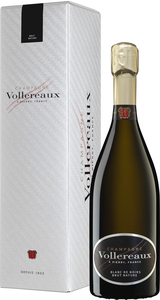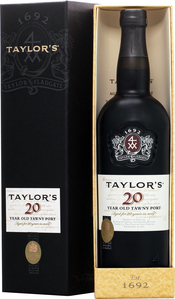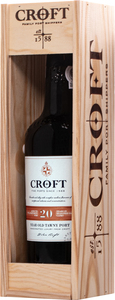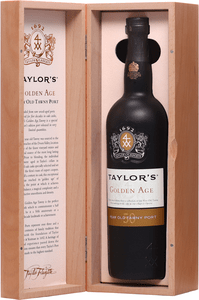How to choose Wine?
Choosing the right wine is truly an art. But we can help you with that. Join us for a brief history of the creation of this unique drink!
Wine is an alcoholic beverage made by alcoholic fermentation of the juice of the fruit of the grape vine - grapes.
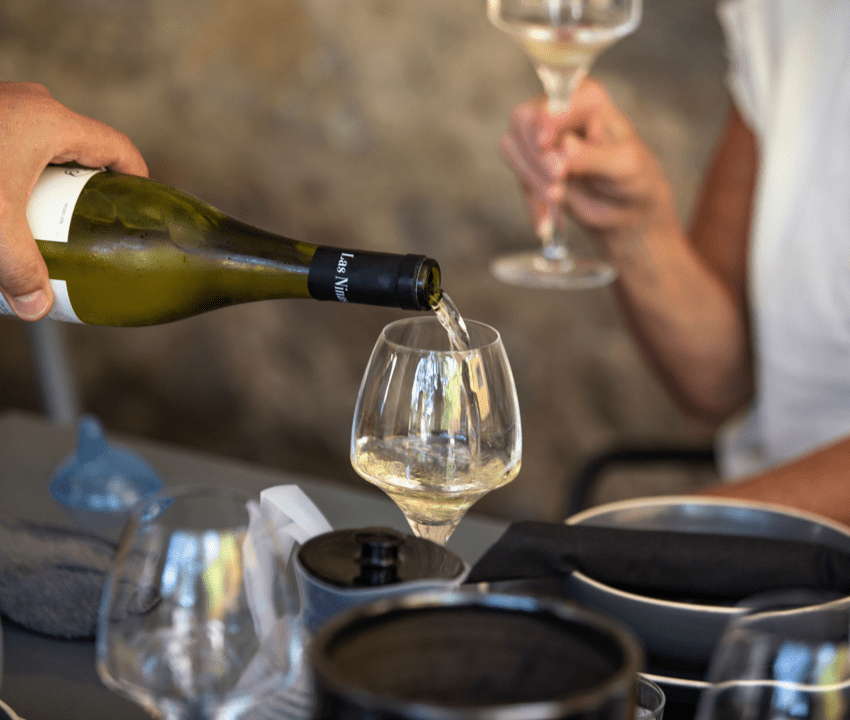

Archaeologists have discovered 9,000-year-old remains of rice and honey wine on ceramic shards from China, clear evidence that people knew about fermentation in ancient times. This discovery spread to other parts of the world. In the Middle East, the remains of grapes were found in 7400-year-old jars. In Egypt, medicinal jars to which wine had been added were found in the 5,000-year-old tomb of Pharaoh Scorpion I.

Italy is the largest wine producer in the world. Spain, however, has the largest area of vineyards. And the USA is the largest consumer of wine in the world.
Viticulture is the preserve of the subtropics, but it also thrives in warmer and lower-lying temperate regions.
But vineyards also thrive in northern regions that are atypical, such as Latvia and Scandinavia - Norway and Sweden.
There are also wineries in the Mosel-Saar-Ruwer region of Germany. In the mountains. World-class white wines are produced there. However, winemakers have to take a cogwheel drive to their vineyards in the hills.
In Slovakia, we have the largest vineyards in the Lesser Carpathian wine-growing region. The area under cultivation is 7 304 hectares. It is dominated by white varieties, particularly Veltliner Green and Riesling. Under the Carpathians, blue varieties such as Svätovavrinecké and Frankovka blue also thrive.

A good winemaker knows that the quality of the wine depends on the quality of the grapes. It is important to have the right variety on the right soil and in a good area, old and good quality vines, with a reasonable yield per hectare. A good harvest and good weather are also key.
Pressing the grapes is an important step for the quality of the wine. Gentle pressing is the key to obtaining quality must without bitterness and astringency. In Champagne, pressing is done very carefully, resulting in the best sparkling wines.
Fermentation is the process where yeasts convert sugars into alcohol and carbon dioxide. It is important to pay attention to this process. Fermentation can take place in wooden or stainless steel vessels. Some winemakers use selected yeasts, others prefer natural microflora, especially in bio-dynamic vinification. Controlled fermentation is used to maintain the optimum temperature of the must.

Glass or wooden containers - barrels - can be used to age the wine. In modern wineries these are usually stainless steel tanks. In recent decades, oak barrels, mainly of the barrique type, have been used extensively for ageing. Wooden barrels are inseparable from winemaking, above all because of their unique properties - porosity, biochemical composition, but also thermal insulating properties.

Grapes are the most cultivated fruit in the whole world.
In the past, people used to drink wine when they were thirsty. In those days it was much safer than drinking water. Because fermentation, which is natural in production, can kill germs such as salmonella or cholera.
One tonne of grapes produces 720 bottles of wine.
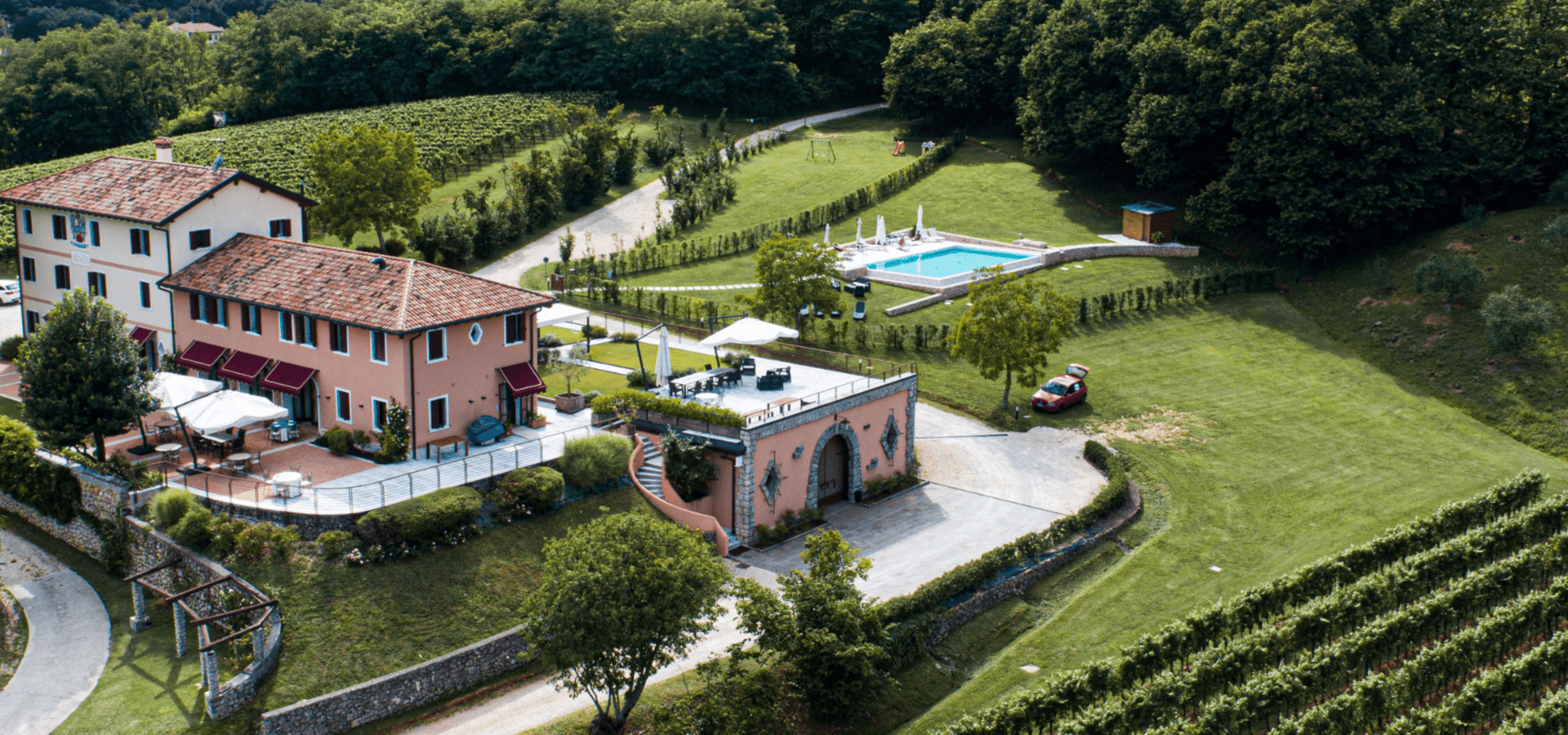

There are a number of criteria in the division of wine. Basic division:
- Natural wine (without chemical treatment)
- Processed wine
Classification by colour:
- White wine
- Red wine
- Pink wine
Breakdown by processing aspect:
- Varietal wine
- Stamp wine cuvée (wine) selection (wine)
Classification by sugar content:
- Still dry wines (not more than 4 g.l-1 residual sugar)
- Semi-dry (4,1-12 g.l-1 residual sugar)
- Semi-sweet (12,1-45 g.l-1 residual sugar)
- Sweet (minimum 45 g.l-1 residual sugar).
- Sparkling wines brut nature (naturally raw) - less than 3 g.l-1 sugar (no sugar added to the juice)
- Extra brut (particularly raw) - 0-6 g.l-1 sugar
- Brut (raw) - up to 15 g.l-1 sugar
- Extra dry (extra dry) - 12-20 g.l-1 sugar
- Sec (dry) - 17-35 g.l-1 sugar
- Demi-sec (semi-dry) - 33-50 g.l-1 sugar
- Doux (sweet) - more than 50 g.l-1 sugar




